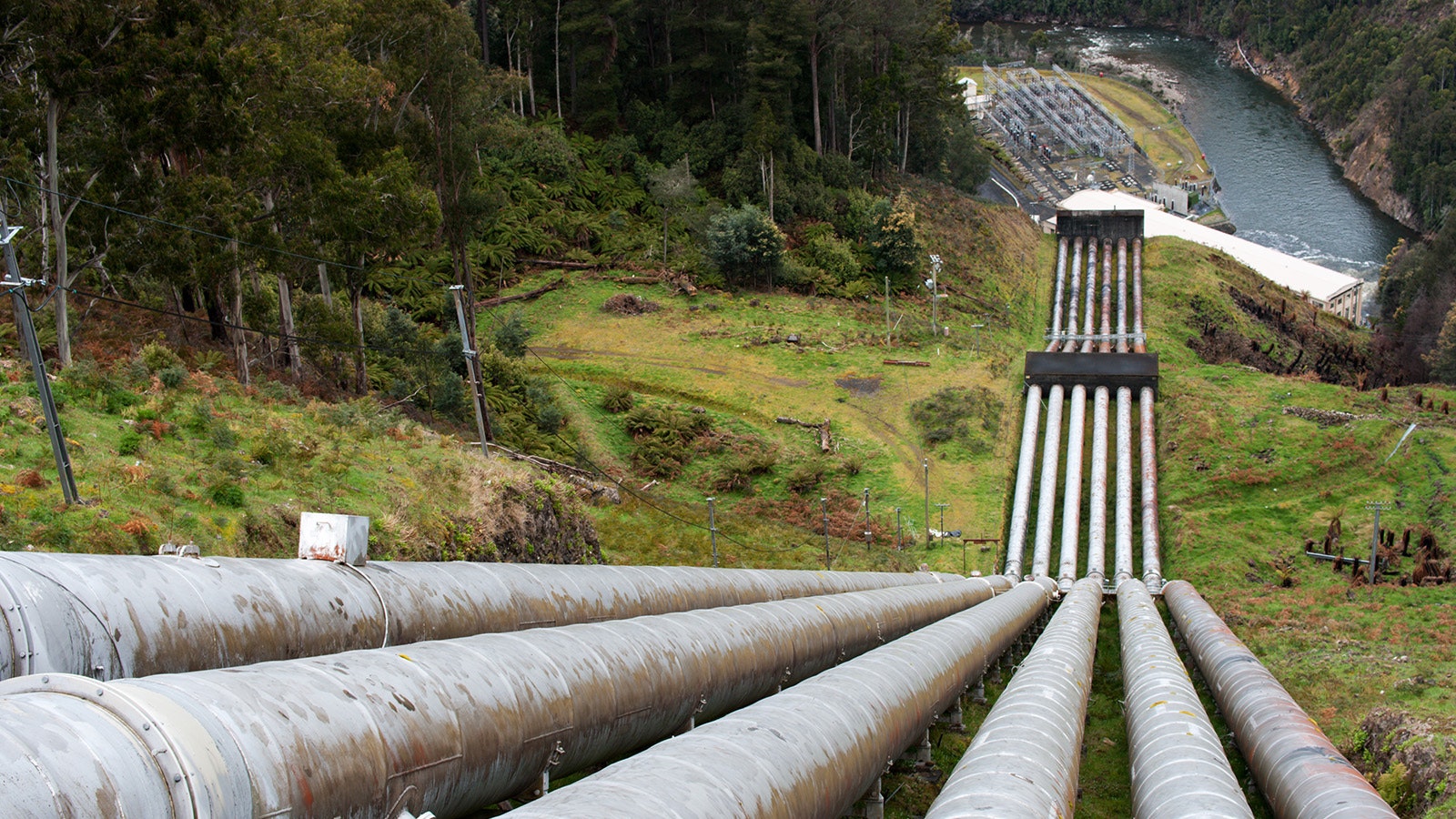There are at least four major pumped storage projects being proposed in Wyoming.
As the nation’s power grid takes on more wind and solar energy, while coal-fired electrical generation is shutting down, more energy storage will be needed to maintain a reliable sustained energy supply.
Pumped storage is cheaper than batteries, provides more power potential, and the facilities last a lot longer. They also require more up-front capital investments, land and more water.
“The need for energy storage is immense right now. How do you integrate wind and solar and other renewables onto the grid? That’s where pump storage comes in,” LeRoy Coleman, director of communications for the National Hydropower Association, told Cowboy State Daily.
Balancing Act
Wind and solar energy produce intermittently, which means they sometimes produce a lot of power when it’s not needed and none when it is.
For example, solar stops producing in the late evening, which also corresponds to when winds tend to die down. It’s also a time when people are in their homes cooking dinner, running heaters or air conditioning and charging their electric cars.
Trying to balance all that out is a major engineering challenge.
Multiple assessments, such as the North American Electric Reliability Corp.’s 2022 Long-Term Reliability Assessment, find increasing threats to grid reliability throughout the West as a result of a growing mix of wind and solar.
Storage facilities can be used to balance some of that by storing power when it’s not being used. There are several kinds of storage technologies, but the primary types are lithium-ion battery facilities and pumped storage, which is a type of hydroelectric power.
A pumped storage facility is comprised of two reservoirs, one at a higher elevation than the other. The system uses electricity to run pumps that bring water to the upper reservoir. Then, when power is needed, the upper reservoir is drained into the lower one, which spins electrical turbines just like on a dam.
Advantages
Battery facilities can be very expensive and potentially dangerous. Pumped storage has some advantages.
It is among the lowest cost energy storage systems available, according to World Bank data. Lithium-ion battery facilities cost around $393 to $581 per kilowatt-hour, compared to pumped storage, which is between $106 and $200 per kilowatt-hour.
Pumped storage also stores energy for about eight hours, whereas battery facilities last about half as long. Battery facilities last around 10 years, and a pumped storage facility can last 50 to 80 years.
“These are forever assets,” Coleman said, adding they’re also easily dispatchable, meaning they can be brought online quickly as needed.
“Pumped storage and hydropower facilities can be turned on and generating power in as little as seven minutes in some cases,” Coleman said.
Batteries can be used just as quickly, but compared to the time it requires to fire up natural gas peaker plants, which are used as backup for wind and solar facilities, pumped storage is faster.
Disadvantages
Pumped storage facilities take up a lot of land for the reservoirs.
According to its Integrated Resource Plan, PacifiCorp wants to build 11 pumped storage facilities, including three in Wyoming. There are two planned near Glenrock and a third near Kemmerer.
The reservoirs for the Glenrock facilities will require around 500 acres, which doesn’t include transmission lines, access roads and other structures. These are closed-loop facilities, which means the water cycles up and down the system. After the reservoirs are filled, they don’t require a lot of water to maintain.
The Kemmerer location is an open loop facility and uses Lake Viva Naughton as its lower reservoir. The upper reservoir will require either 85 acres or 210 acres, depending on which alternative plan is pursued.
All 11 pumped storage projects, when complete, will provide about 4,800 megawatts of electricity.
A third project is being proposed 35 miles northeast of Rawlins. That project will provide 900 megawatts of stored power for an estimated $2.5 billion in construction costs.
A comparable battery facility providing eight hours of power would cost three to four times that.
The West consumes about 1,029 gigawatts of electricity annually. So, all four facilities will provide about 0.6% of that energy demand.
Long Process
There are 43 pumped storage facilities now operating in the United States.
Coleman said there also are 92 pumped storage projects at some stage of the application process with the Federal Energy Regulatory Commission. That number can change regularly as some projects are added or withdrawn.
Only three facilities in the United States have received an FERC license to allow construction to proceed.
“It’s a process that can take five years or more,” Coleman said.
The planned PacifiCorp facilities are estimated to come online by 2040.





